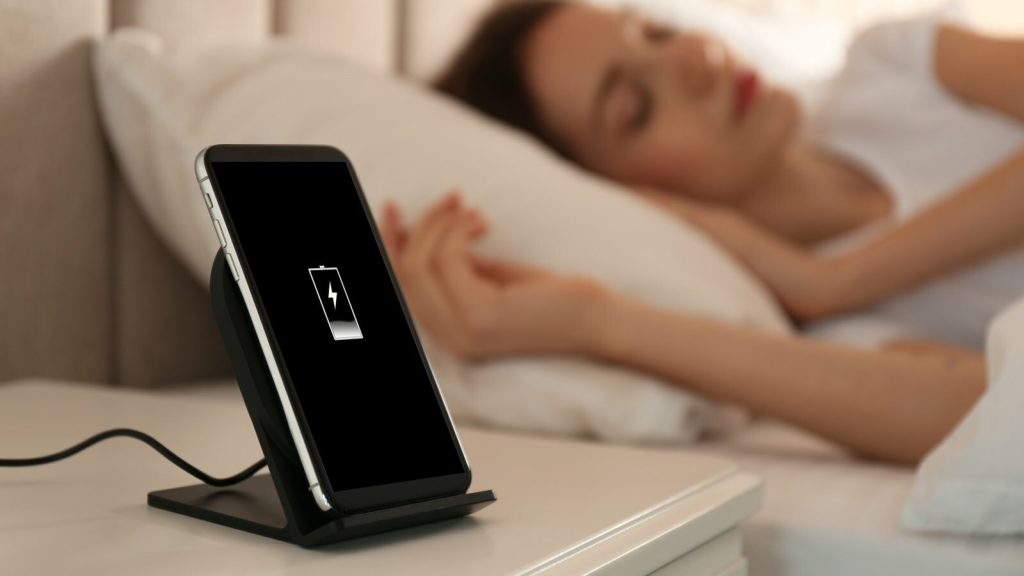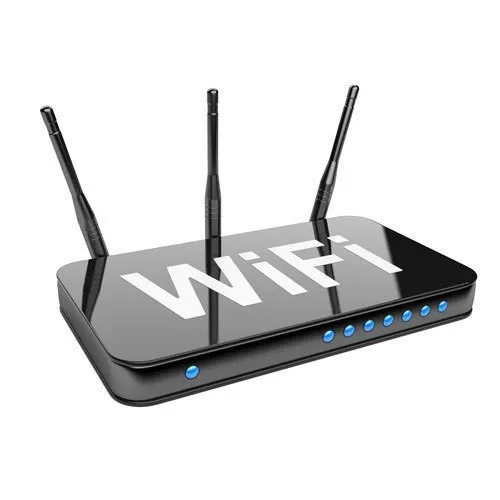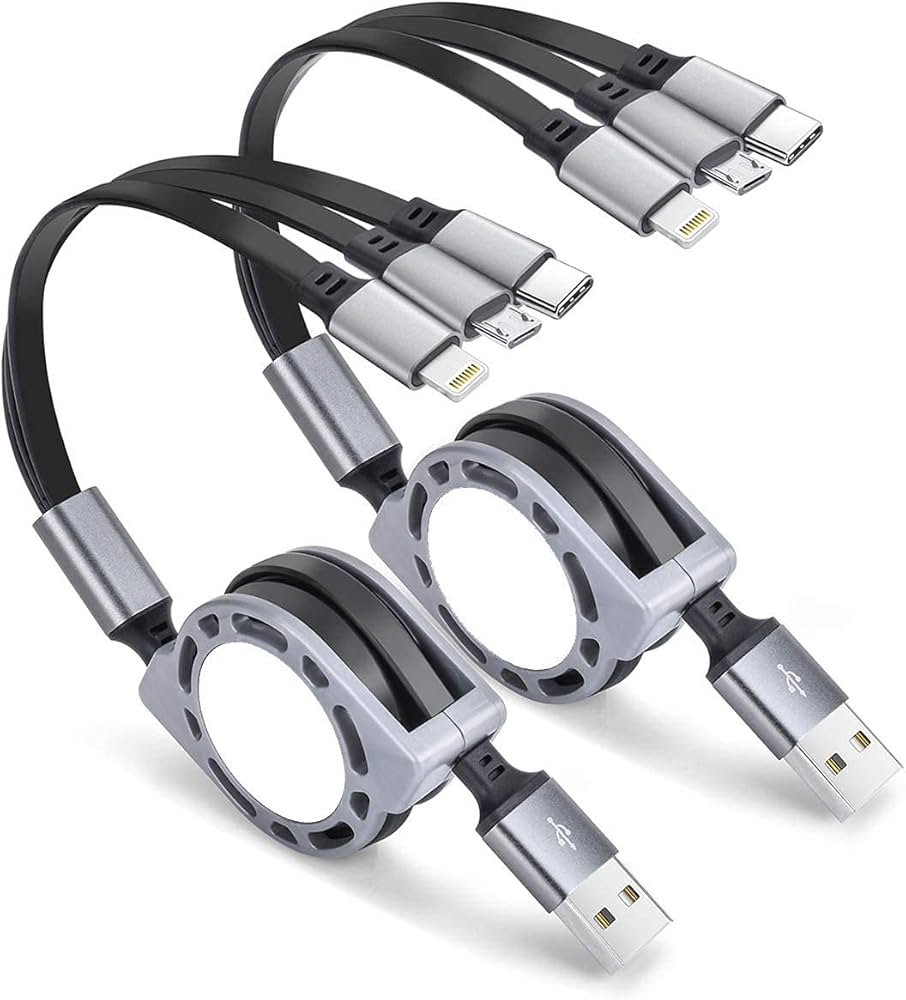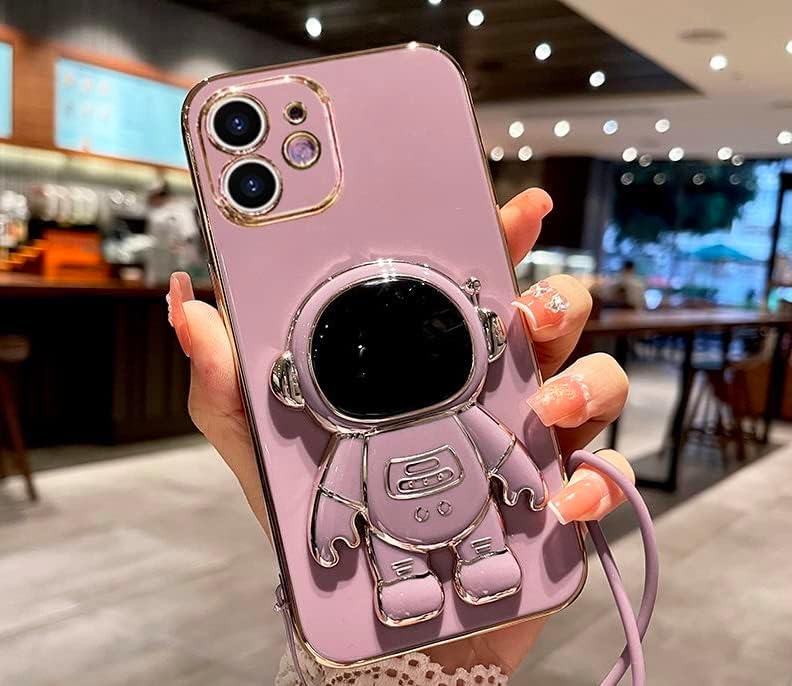In the rapidly evolving world of technology, it’s easy for myths and misconceptions to take hold. These myths can shape the way we use and perceive technology, often leading us down the wrong path. At TechNewSmart, our mission is to help you navigate through these common tech beliefs and get to the facts. Today, we’re diving into five of the most widespread tech myths and uncovering the truth behind them. Let’s explore these misconceptions, break them down, and help you better understand the technology you use every day.
Myth #1: “Charging Your Phone Overnight Damages the Battery”

The Myth:
Many people believe that leaving your smartphone plugged in overnight can damage the battery or significantly reduce its lifespan. The fear is that charging the phone for extended periods will lead to overcharging, causing long-term harm to the battery’s health.
The Reality:
Modern smartphones are designed with advanced battery management systems that protect against overcharging. Once your phone reaches a full charge, the system stops supplying power to the battery and instead runs the device on direct power from the outlet. This technology, known as “trickle charging,” ensures that your phone doesn’t continue drawing unnecessary energy, preventing any damage from overcharging.
Additionally, many smartphones now feature smart charging algorithms that adjust the charging process based on your habits. For instance, if you typically charge your phone overnight, these systems can slow the charging speed as the battery approaches full capacity, keeping it at an optimal level and prolonging battery health.
Why It Matters:
Understanding how modern batteries work can help alleviate the concerns many people have about charging habits. You don’t need to worry about leaving your phone plugged in overnight. By trusting in the technology designed to protect your battery, you can ensure its longevity without changing your routine.
Myth #2: “Incognito Mode Hides Your Browsing from Everyone”

The Myth:
Many users believe that browsing in incognito mode (or private browsing mode) keeps them completely invisible online, making their browsing activities invisible to everyone, including their internet service provider (ISP), websites, and third-party trackers.
The Reality:
Incognito mode primarily hides your browsing history from other people using the same device. It doesn’t save your browsing history, cookies, or form data locally. However, it doesn’t make you completely anonymous. Your ISP, the websites you visit, and online trackers can still collect data on your browsing activities. In fact, incognito mode is only designed to ensure privacy on your local device, not to offer full anonymity on the web.
To achieve better online privacy, you’d need to use additional tools like a virtual private network (VPN), which masks your IP address and encrypts your internet connection, making it harder for third parties to track your online activities.
Why It Matters:
Understanding the limitations of incognito mode is essential for anyone looking to enhance their privacy. While it helps hide your browsing history from others on the same device, it doesn’t offer full protection from online tracking. For more robust privacy, using a combination of tools like a VPN and browser extensions designed to block trackers is a more effective solution.
Myth #3: “More Megapixels Mean Better Camera Quality”

The Myth:
There is a common belief that cameras with higher megapixel counts always produce better photos. Many consumers base their camera or smartphone purchases solely on the number of megapixels, assuming that more megapixels automatically translate to superior image quality.
The Reality:
While megapixels do play a role in determining image detail, they are not the only factor that affects photo quality. Higher megapixels allow for larger prints and more detail in an image, but other crucial components of a camera—such as the sensor size, lens quality, and image processing software—have a much larger impact on overall photo quality. A camera with a higher megapixel count but poor image processing or a small sensor can produce subpar images compared to a camera with fewer megapixels but better supporting components.
For example, many high-end cameras use a combination of lower megapixel counts with advanced sensors and lenses to deliver stunning photos with rich detail and vibrant colors. So, when shopping for a camera or smartphone, it’s important to consider the full camera system, not just the megapixels.
Why It Matters:
By understanding that megapixels are just one part of the equation, consumers can make more informed decisions when purchasing a camera or smartphone. Instead of focusing solely on megapixel count, you should look for a well-rounded camera system that includes a high-quality lens, large sensor, and robust image processing software to achieve the best possible photo quality.
Myth #4: “Your Wi-Fi Signal is Always Strongest Near the Router”

The Myth:
It’s commonly believed that the closer you are to your Wi-Fi router, the stronger your internet connection will be. Many people assume that the signal is strongest within close proximity to the router and that simply moving closer to it will improve connectivity.
The Reality:
While proximity to the router can improve signal strength, several other factors can impact the quality of your Wi-Fi connection. Obstructions like walls, floors, furniture, and electronic interference can all weaken the signal, even if you’re physically close to the router. In some cases, Wi-Fi signals can be unevenly distributed throughout your home due to these barriers.
To optimize your Wi-Fi coverage, it’s important to place your router in a central location within your home, free of obstructions. In some instances, using Wi-Fi extenders or mesh systems can help improve coverage in areas where the signal is weak. These devices help ensure that every corner of your home receives a strong and stable connection, no matter where the router is located.
Why It Matters:
By understanding how Wi-Fi signals work, you can optimize your network setup for better performance. Simply moving closer to the router may not always solve connection issues. Instead, focus on proper placement and use additional networking tools like extenders to improve your overall connectivity.
Myth #5: “Expensive Cables Offer Better Performance”

The Myth:
It’s a common belief that premium cables—such as HDMI or charging cables—offer better performance and longevity compared to less expensive, standard cables.
The Reality:
In most cases, expensive cables do not offer significant performance improvements over reasonably priced ones. For example, an expensive HDMI cable will not deliver better video or audio quality than a standard HDMI cable, as long as both meet the necessary technical standards. Modern digital signals either work, or they don’t, meaning that spending more on premium cables often provides little to no noticeable benefit.
The key to choosing cables is ensuring that they meet the compatibility and quality standards for your devices. High-quality construction and materials can ensure that cables last longer, but that doesn’t necessarily mean you need to buy the most expensive option available. For most users, standard cables provide more than enough performance for everyday use.
Why It Matters:
Knowing that you don’t need to overspend on cables can save you money without sacrificing performance. Focus on buying cables that meet the necessary standards for your devices rather than paying extra for premium options that may not provide any tangible benefits.

